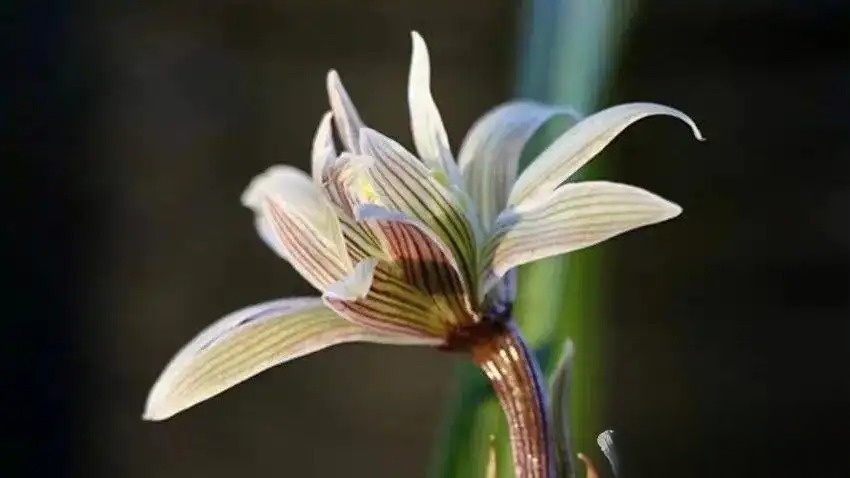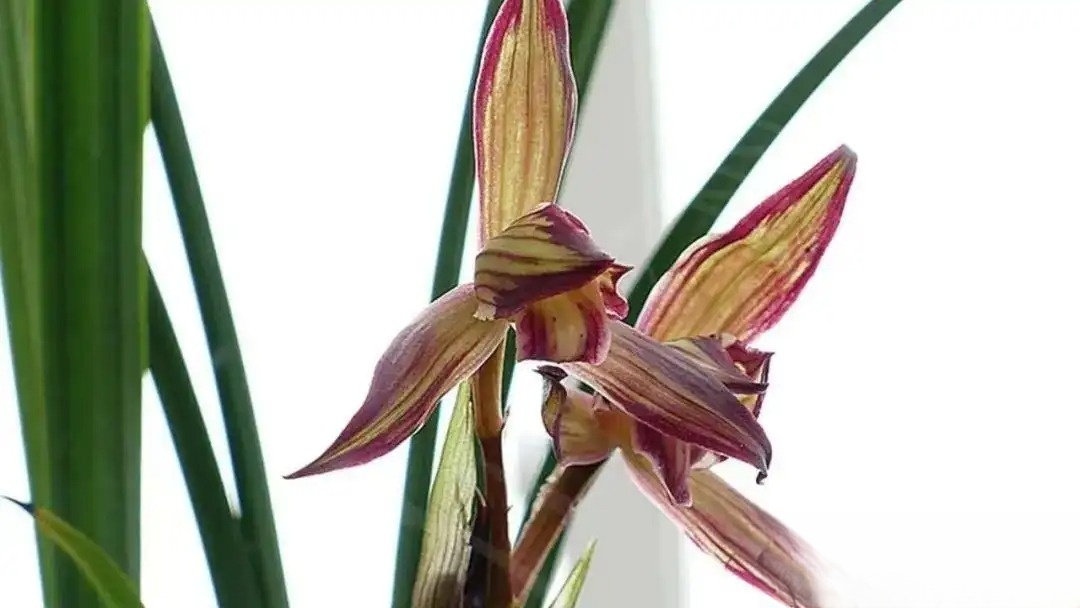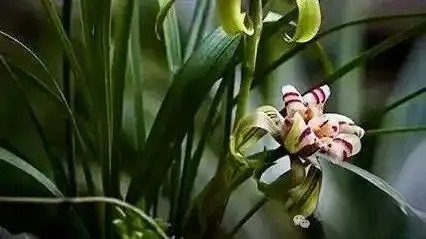Orchid Disease and Pest Control Manual: The Art of Protecting the Elegant Flowering
Orchids, with their wonderful flower shapes, elegant leaves and fresh fragrance, have been ideal flowers for beautifying life and decorating homes since ancient times. However, orchids are delicate by nature. If they are not managed properly, they will be harmed by diseases and insects, which will greatly reduce their ornamental value and even cause the death of the plants. Therefore, mastering the knowledge of orchid disease and insect pest prevention is crucial to protecting the healthy growth of orchids.

1. Basic principles of pest control
In the prevention and control of orchid diseases and insect pests, we should adhere to the principle of "prevention first, prevention is more important than treatment, and prevention and control are combined". This means that we need to eliminate the occurrence of diseases and insect pests from the source, and at the same time improve the cultivation and management techniques and environmental conditions of orchids to promote the growth of plants and enhance their own resistance.
First, when purchasing or introducing orchid seedlings, special attention should be paid to observation and careful inspection to see if they carry harmful pests and diseases. Once pests and diseases are found, they should be destroyed immediately and eradicated in time to prevent the spread and spread of pests and diseases. For orchids directly imported from abroad, the national inspection and quarantine system should be strictly implemented to ensure that orchid seedlings and seeds that have not been inspected and qualified by the national inspection and quarantine department are not purchased or introduced.
Secondly, improving the growth environment of orchids is also an important measure to prevent and control diseases and insect pests. Whether growing orchids on the balcony, roof or patio, you must pay attention to environmental hygiene and improve ventilation and light conditions. Prune dead leaves and diseased and insect-infested leaves in time to create an environment suitable for the healthy growth of orchids. At the same time, improve management techniques to promote the healthy growth of orchids and improve their resistance to stress and disease (insects).
Finally, when preventing and controlling diseases and insect pests, we should focus on prevention and combine prevention and control. Although spraying can control the development of diseases (insects) in a short period of time and kill pathogens and pests, drug control is not a panacea. Improper use of drugs will not only cause drug damage, but also cause environmental pollution. Therefore, when cultivating orchids, chemical pesticides should be avoided as much as possible, and environmentally friendly methods such as biological control and physical control should be adopted. Only when it is necessary, consider using corresponding fungicides and insecticides, and try to choose high-efficiency, low-toxicity, low-residue and long-acting pesticides. At the same time, use a variety of pesticides in rotation to prevent diseases and insects from developing drug resistance.

2. Main diseases and their prevention and treatment
There are many types of orchid diseases, both non-infectious and infectious. Non-infectious diseases are mainly caused by physiological disorders, such as scorched leaf tips and tiny black spots on the leaves. These diseases are usually related to factors such as light, temperature, watering, fertilization, ventilation or substrate. Therefore, when preventing and controlling such diseases, we need to find the cause, adjust management measures, and improve environmental conditions to promote the healthy growth of orchids.
Infectious diseases are caused by infection with foreign pathogens, such as rot, damping-off, wilt, canker, anthracnose, leaf spot, and phytophthora. These diseases are very harmful to orchids, and timely prevention and control measures are required. When preventing and controlling infectious diseases, we must first identify the type of disease and then choose the appropriate fungicide for prevention and control. At the same time, we must pay attention to rotating the use of different types of fungicides to prevent the bacteria from developing drug resistance.
Among these numerous diseases, anthracnose, blight, white rot, soft rot and virus diseases are the most common ones. These diseases not only affect the ornamental value of orchids, but may also cause the death of plants. Therefore, we need to focus on the prevention and control of these diseases.

Anthracnose is a disease caused by fungi that mainly harms the leaves of orchids. When preventing and treating anthracnose, we can use fungicides containing ingredients such as difenoconazole and prochloraz. At the same time, we should pay attention to improving ventilation conditions and reducing humidity to reduce the growth of pathogens.
Blight is also a common orchid disease, which mainly harms the roots and stems of orchids. When preventing and controlling blight, we can use fungicides containing metalaxyl, cymoxanil and other ingredients for prevention and control. At the same time, we should pay attention to keeping the substrate well-drained and avoid water accumulation to reduce the spread of pathogens.
White rot is a root disease caused by fungi that can cause orchid root rot. When preventing and treating white rot, we can use fungicides containing ingredients such as Jinggangmycin and Thifluzamide. At the same time, pay attention to changing the substrate and keep it clean to reduce the growth of pathogens.
Soft rot is a bacterial disease that mainly harms the leaves and pseudobulbs of orchids. When preventing and treating soft rot, we can use fungicides containing ingredients such as kasugamycin and zhongshengmycin for prevention and treatment. At the same time, we should pay attention to avoid excessive watering and keep the substrate properly dry to reduce the spread of pathogens.
Viral disease is a disease caused by viruses, which can cause orchids to have symptoms such as mosaic and necrosis. Since viral diseases are difficult to cure, prevention is particularly important. When preventing viral diseases, we should pay attention to selecting healthy orchid seedlings for introduction and propagation, and avoid using substrates and tools with viruses. At the same time, we should strengthen the daily management of orchids to improve their own resistance.
3. Pests and their control
In addition to diseases, orchids may also be attacked by various pests. Common orchid pests include aphids, scale insects, spider mites, etc. These pests will suck the sap of orchids, causing poor growth of plants or even death. Therefore, we need to take preventive measures in time.
When preventing and controlling pests, we can use pesticides containing imidacloprid, acetamiprid and other ingredients for prevention and control. At the same time, we should pay attention to improving the growth environment of orchids, maintaining good ventilation and reducing humidity to reduce the breeding of pests. In addition, natural enemies can also be used for biological control, such as releasing predatory insects or parasitic insects to control the occurrence of pests.

IV. Conclusion
Orchid pest control is a long and arduous task. We need to constantly learn and master new control techniques to improve the control effect. At the same time, we should focus on prevention, strengthen the daily management of orchids, and create an environment suitable for the healthy growth of orchids. Only in this way can we protect these elegant flowers and let them bloom more brilliantly in our lives.





 Essentials for Growing Orchids
Essentials for Growing Orchids



